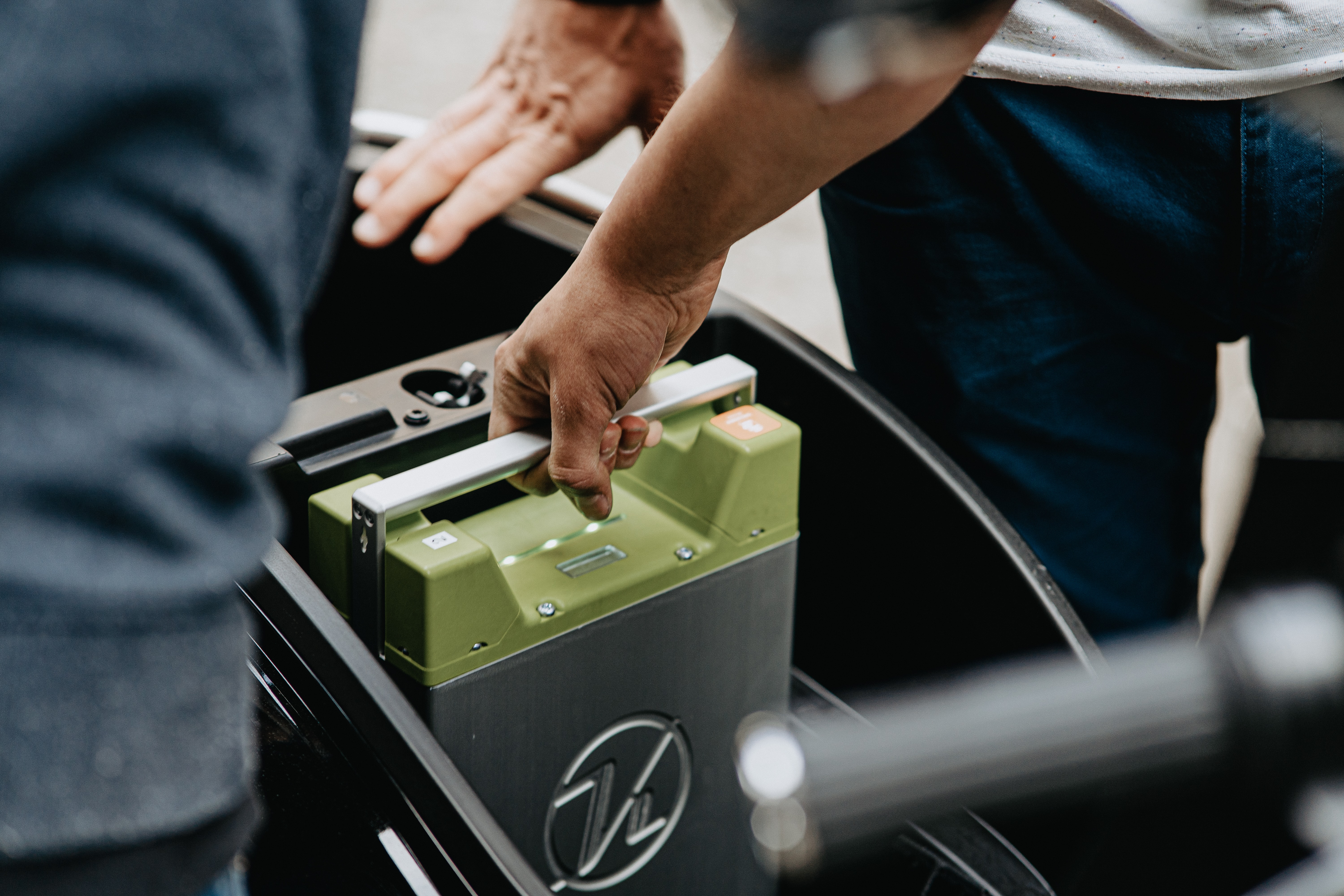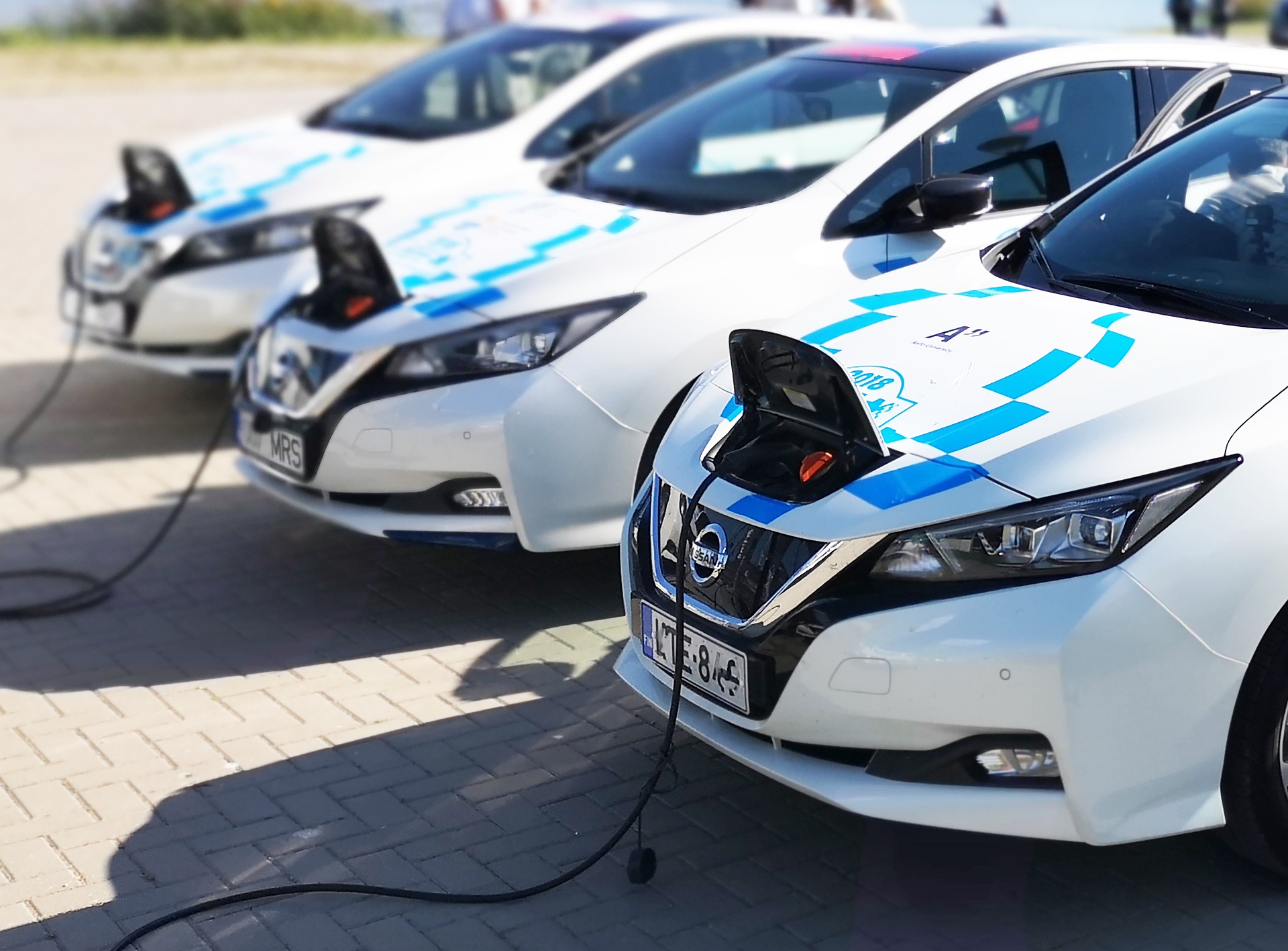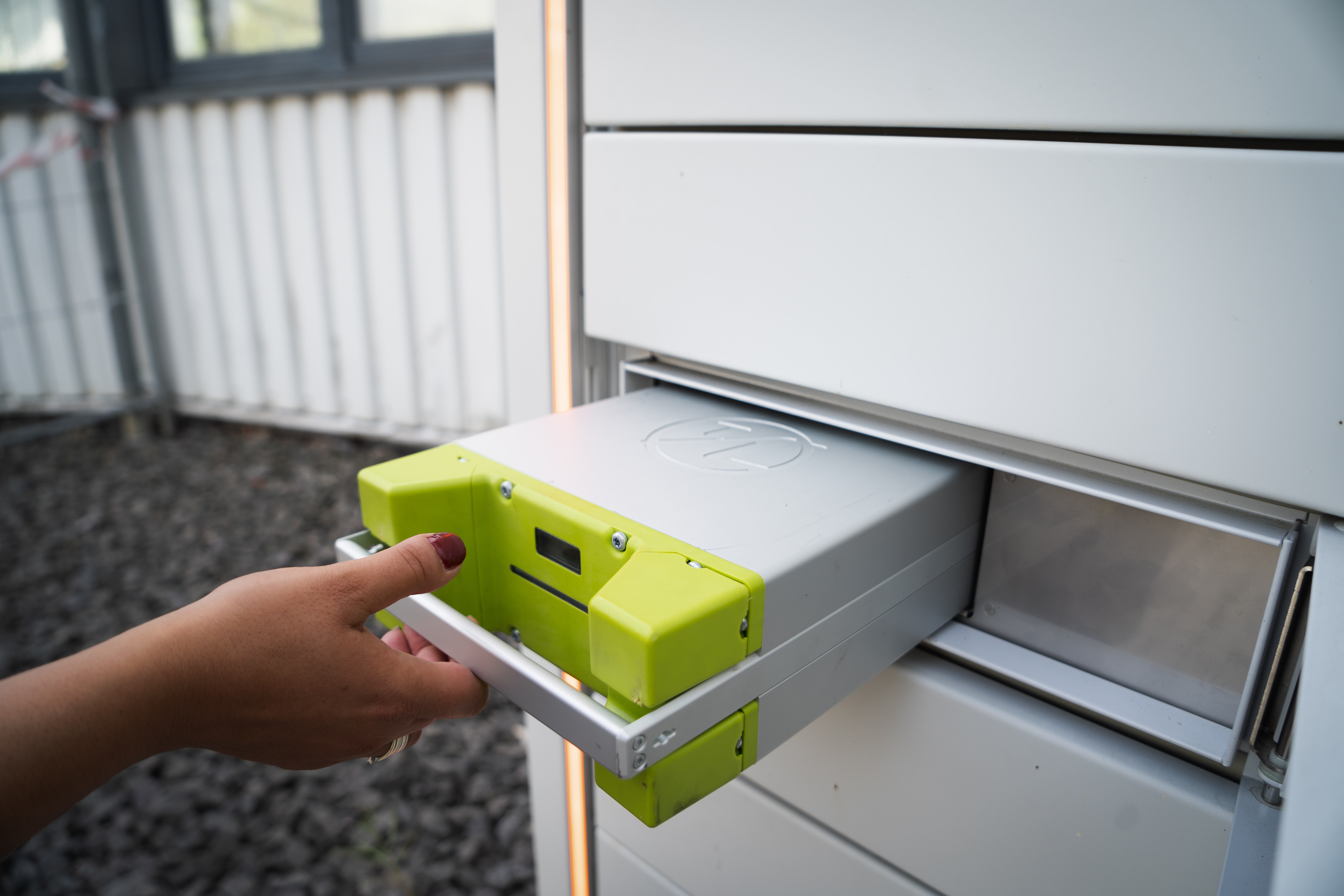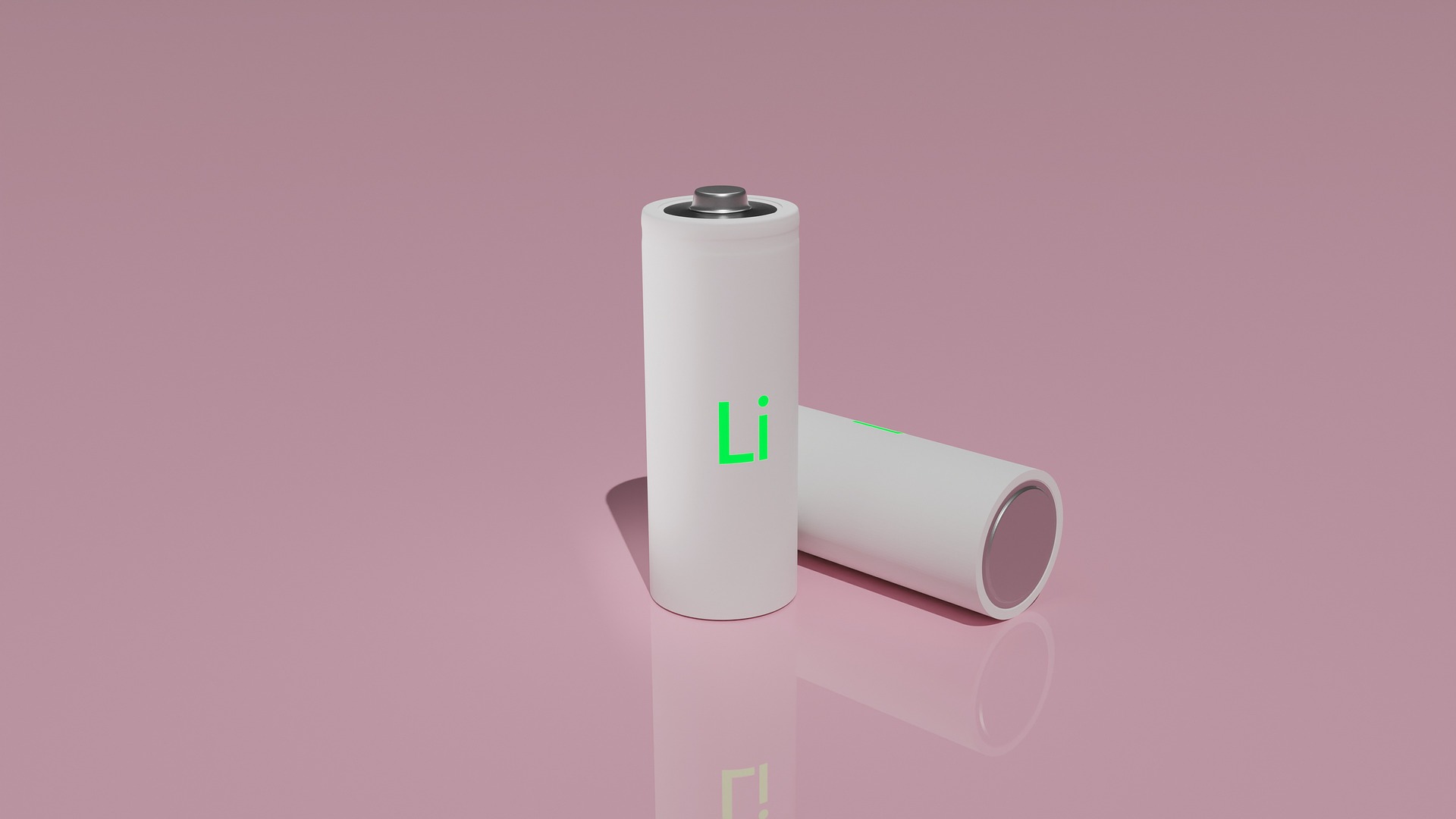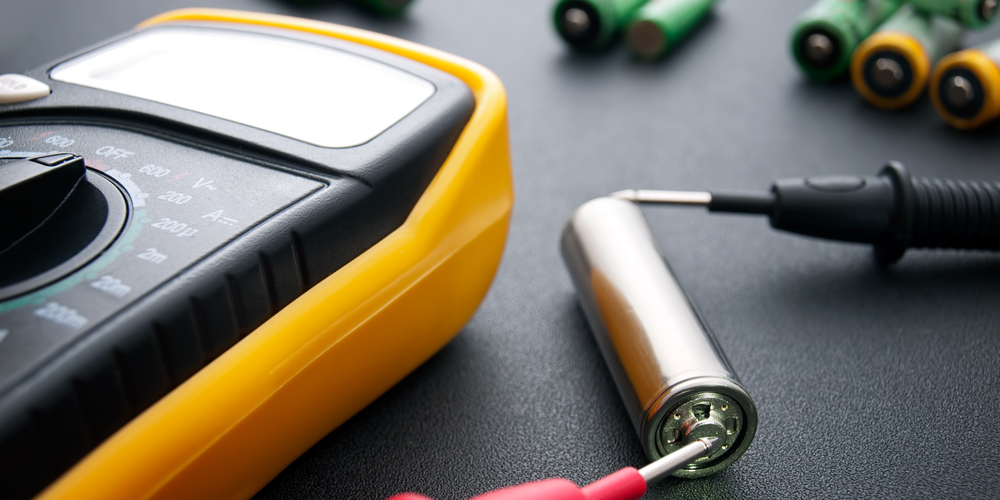
Expanded CBTL Scope
In August of 2017, Energy Assurance successfully completed an update to our CBTL scope. Our new scope includes the new IEC 62133 standards. The new standards now separate Nickel based cells and batteries from Lithium ion. IEC 62133-1:2017 (first edition) covers only Nickel based cells and batteries, while IEC 62133-2:2017 (first edition) covers Lithium ion (including rechargeable coin cells). In February of 2017 these standards were released and then included in the IECEE system in mid-2017. There are no changes to the testing for nickel based cells and batteries, only some minor editorial changes. Since this chemistry older, we would expect that this standard will remain very stable with little need for changes or updates. However, the IEC 62133-2:2017 for the Lithium rechargeable cells and batteries have some changes to the testing parameters and requirements.
Changes in IEC 62133-2:2017
Some notable changes are the following:
- Batteries are no longer be required to be prepared for any testing using the second charge procedure. This procedure required the use of the extreme charge range temperatures as well as the maximum rated currents. Cells are still required to be prepared at these limits, but only as defined by the cell manufacturer.
- UN test reports are no longer required. However, at the battery level, vibration and mechanical shock testing have been added back into the standard.
- The short circuit testing has added a voluntary (should statement) note around faulting of components during this testing. It is still unclear how this will be implemented in practice.
- Test times and limits for a few of the tests have changed and this will require GAP testing to move from 2012 to 2017 editions of the standards.
Currently only a handful of cell and battery suppliers have moved to the new editions of the standards. As more cell suppliers begin to move to the new standard, it will make it easier for the battery level certifications to move to the new standards without additional cell level GAP testing.
The European Union has adopted the EN versions of the standards and provided a withdrawal date of 2020 for the existing versions of the standards.

